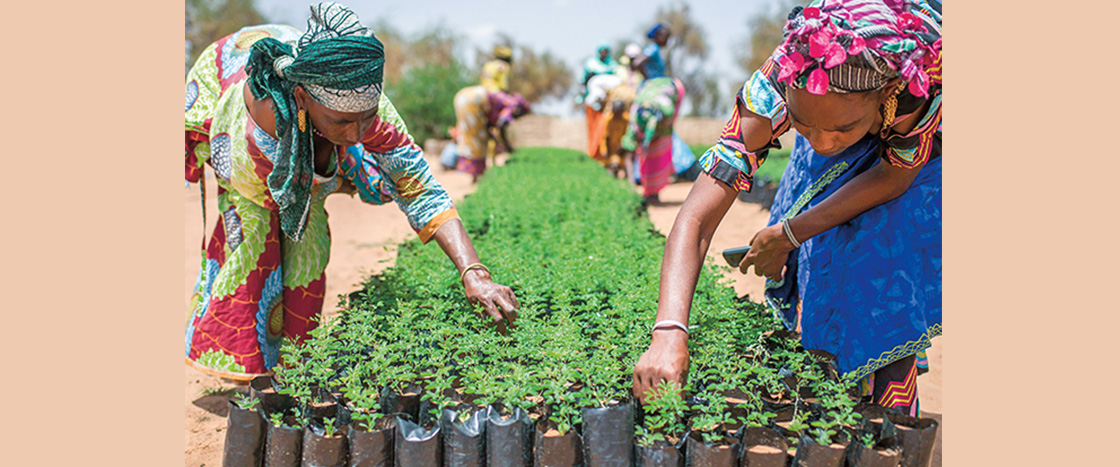In 2007, 11 African countries made a pact. They would work together to create something that became known as the Great Green Wall—a wall of trees that stretches across sub-Saharan Africa.
The project aims to block the spread of the Sahara by planting trees and other plants. The desert—already one of the largest in the world—has become 10 percent bigger in the past hundred years. It’s grown because climate change is making the region hotter and drier than ever.
Eleven African countries made a pact in 2007. They decided to work together to create the Great Green Wall (GGW). The Great Green Wall is a wall of trees. It stretches across sub-Saharan Africa.
The goal of the Great Green Wall project is to stop the spread of the Sahara Desert. The plan is to plant trees and other plants along the desert’s border. The Sahara is one of the largest deserts in the world. It has grown 10 percent bigger in the past hundred years. That growth is because of climate change. Climate change is making the area hotter and drier than it has ever been.

